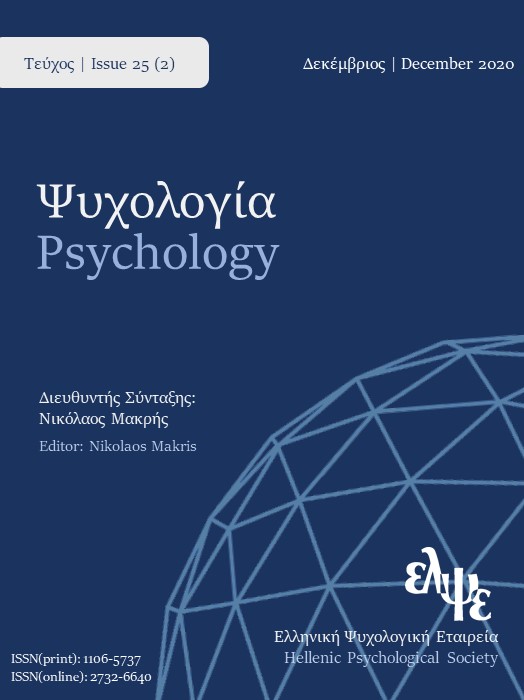Early intervention in ADHD within the framework of the biopsychosocial model

Abstract
The aim of this paper is to provide evidence regarding the necessity and the effectiveness of early intervention for ADHD, by reviewing the most important international early intervention programs for ADHD and by presenting a relevant program implemented in Greece, based on the multi-level approach in developmental psychopathology. These programs are underpinned theoretically by the biopsychosocial epigenetic model which claims that ADHD is not just the outcome of structural and functional neurobiological deficits but results from the dynamic interplay among genetic, neurophysiological, neurochemical, and environmental factors, affecting brain structure and function early in the process of development. Early intervention focuses on those processes that take place very early in development and have a causal relationship with ADHD, with the aim of modifying the underlying neurophysiology and producing generalized long-lasting change. The efficacy of early intervention mainly lies in the fact that it takes place during a period when brain plasticity is great. Plasticity is an intrinsic property of the brain that ensures dynamic modifications at multiple levels of neural organization, allowing the brain to process, encode, and implement new knowledge. Although this neuronal development is to a great extent genetically programmed, it is widely acknowledged that environment also plays a major role through the process of epigenesis by moderating gene expression with subsequent alterations in brain structure and function and allowing even modification of certain deficient structures.
Article Details
- How to Cite
-
Maniadaki , K. (2020). Early intervention in ADHD within the framework of the biopsychosocial model. Psychology: The Journal of the Hellenic Psychological Society, 25(2), 51–72. https://doi.org/10.12681/psy_hps.25583
- Section
- SPECIAL SECTION

This work is licensed under a Creative Commons Attribution-ShareAlike 4.0 International License.
The journal PSYCHOLOGY adopts a Platinum open-access policy. Submission, processing or publication costs are waived by the Hellenic Psychological Society. Papers published in the journal PSYCHOLOGY are licensed under a 'Creative Commons Attribution-ShareAlike 4.0 International' licence. The authors reserve the copyright of their work and grant the journal the right of its first publication. Third-party licensees are allowed to use the published paper immediately after publication as they wish, provided they retain the defined by the license copyright formalities, regarding the reference to its author(s) and its initial publication in the journal PSYCHOLOGY. Moreover, any adjusted work should be shared under the same reuse rights, so with the same CC license.


